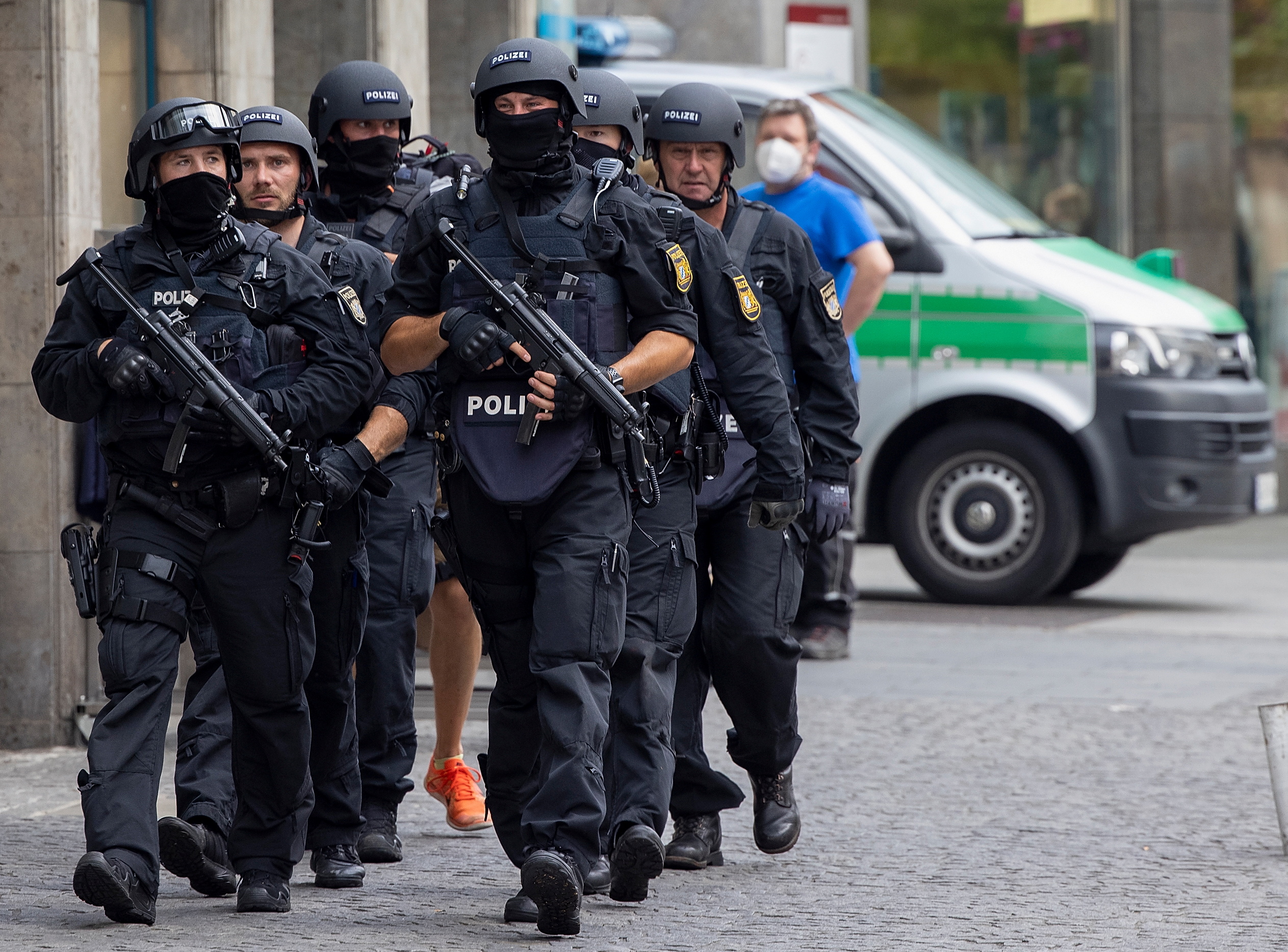European Centre for Counterterrorism and Intelligence Studies, Germany & Netherlands – ECCI
German spy chiefs failed to act on neo-Nazi group: report
DW – The National Socialist Underground (NSU) murdered 10 people and was behind bombings and bank raids in the early 2000s. A report on intelligence failures, meant to stay secret for 120 years, has now been published.German state intelligence officials failed to follow up on numerous tipoffs that far-right extremists, who would later go on to create an underground neo-Nazi terrorist group, were acquiring firearms, German media outlets reported Saturday.
The Frag den Staat (Ask the State) platform and public broadcaster ZDF’s Magazin Royale show published a top-secret report on the intelligence probe into the National Socialist Underground (NSU) that was meant to be kept under wraps for 120 years.The media outlets said the dossier reveals a “more than dubious picture” of the work of the domestic intelligence agency in the western German state of Hesse.
Between 1999 and 2007, the NSU killed 10 people — mostly of immigrant origin — and carried out bombings in the cities of Nurenberg and Cologne, as well as bank raids.
What are the NSU files and what do they reveal?
In 2012, a year after the NSU was revealed to have been behind the deadly terror campaign, a systemic review was ordered of the files kept by the Hessian Office for the Protection of the Constitution (a state branch of Germany’s domestic intelligence agency).The final report, known as the NSU files, was dated November 20, 2014, and was to remain top secret.
The report revealed how although the spy agency built an extensive database during the 1990s, a period considered a heyday of far-right-motivated violence in Germany, it did not have an overview of its inventory and did not always draw any conclusions from the data held.This is despite the agency having nearly 390 files about weapons and explosives that may have been in the hands of right-wing extremists and tipoffs about how neo-Nazis were organizing shooting training and even traveling abroad for exercises.
Informants would sometimes speculate about the mastermind of an unsolved murder, while others would even describe the possibility of a group operating small secretive cells, such as those pursued by the NSU.The report states that “interesting hints or clues were not always followed up consistently,” and that often, there was no attempt to “verify the facts with supplementary information from other authorities or to place them in an overall context and evaluate them.”
The report said that state spy chiefs thought it was inconceivable that right-wing extremists would go underground and roam the country murdering people of foreign origin, which is precisely what happened.The dossier also found that more than 500 files linked to far-right extremism had simply disappeared.
What was the NSU and what attacks did they carry out?
Neo-Nazis Uwe Mondlos, Uwe Böhnhardt and Beate Zschäpe were the three core members of the NSU and lived in hiding for almost 14 years, backed by a loose grouping of up to 150 associates.Mondlos and Böhnhardt carried out a series of murders, attacks and robberies between 1999 and 2007, while Zschäpe helped plan the crimes.They included the killing of eight businessmen of Turkish origin, one of Greek origin and one police officer.
The attacks included a 1999 bombing in Nuremberg and the 2001 and 2004 Cologne bombings.Unlike other groups, the NSU did not claim responsibility for their attacks.The true scale of their campaign of terror was only uncovered when Mondlos and Böhnhardt died in an apparent murder-suicide in 2011 to avoid arrest and Zschäpe burned down the flat they shared, sent out a confession video and turned herself in.
In July 2018, Zschäpe was jailed for life after being found guilty of first-degree murder and arson.Last week, she lost her appeal against the conviction at the Federal Constitutional Court.




